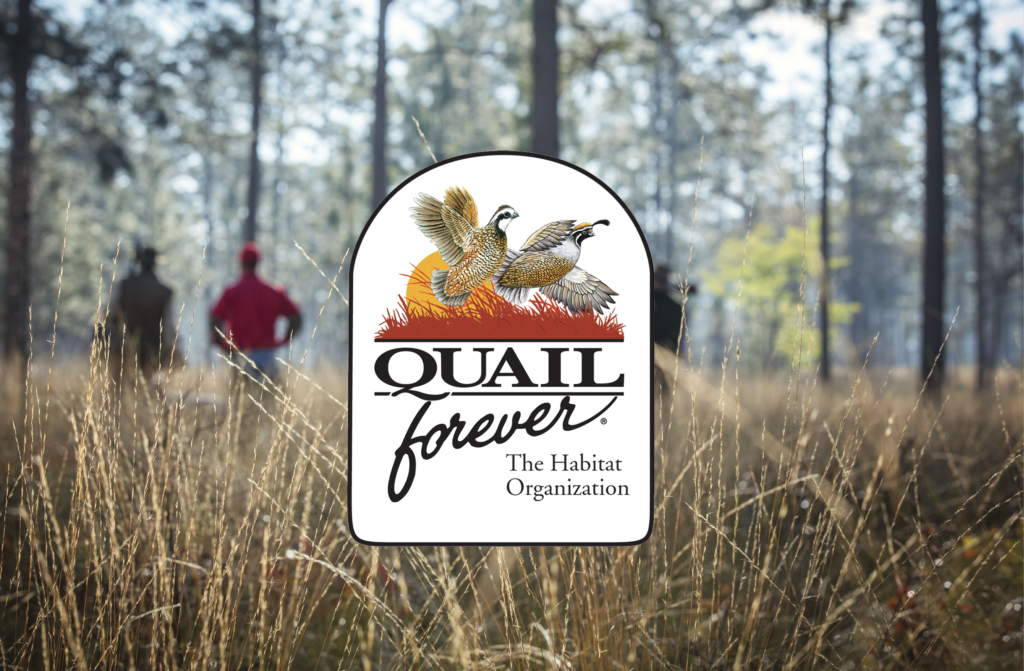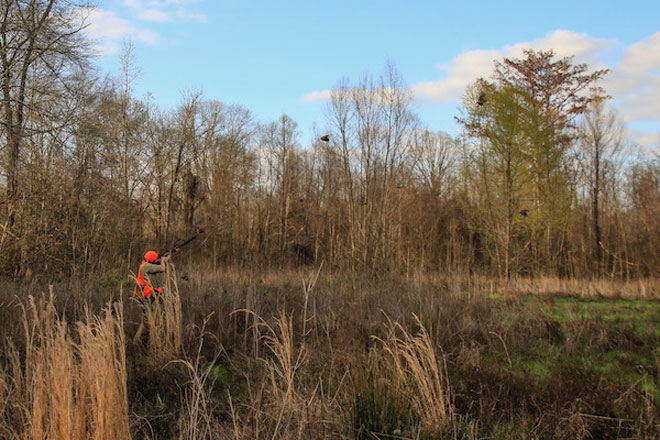The Illusion of Wildness: Every Little Piece Counts

The grass is always greener in Montana.
It’s only human to be jealous once in a while, and hunters are no exception. The possibility for spontaneous envy is only compounded in the age of Instagram grip and grins — limits of mallards, shiny new pick-ups, impeccable whistle sits. The options are endless.
Above all else though hunters can succumb to the jealousy of truly wild places and the people who live in or near them. I’ll admit to turning green from time to time at the sight of western hunters glassing 20,000 acres of seemingly untouched wilderness while I’m perpetually stuck at the kid’s table.
To stop myself from falling further down this rabbit hole, I have to remember the lack of true wilderness I grew up in, and how little that actually mattered when it came to my enjoyment of the outdoors. When I was a kid I had to settle for the illusion of wildness, with my imagination doing most of the heavy lifting.
Fort Calhoun, Nebraska was rural, but in an eastern sense of the word. We were less than ten miles from the nearest McDonalds, which I suppose made us city kids by default. There was a fair amount of hardwood forest around the edges of town and a few seemingly secluded creek bottoms, but always within earshot of the highway. It was no where near the wild country I read about in books and watched in movies, but I did my best to escape on a small piece of property on the south edge of town owned by an old woman named Francis Shepard.
Most of the property was a corn or bean field, depending on the year. There was one good stretch of timber on the east side and an old railroad right-of-way on the west that had become a sort of overgrown hedgerow. Butting up against the timber on the east was a fairly decent size pasture and another tiny piece of swampy timber where I once flushed what I now know was a woodcock. At the time I had no clue what it was.
On this tiny patch of land I was able to escape. I hunted pheasants, rabbits and squirrels, made forts and dug foxholes. Eventually I discovered a flock of turkeys frequenting the east side timber and I shot my first two toms there when I was 14 and 15. The entire section of hunt-able property totaled maybe 60-acres, a little more if I decided to trespass.
The value of a small piece of property like that, especially to a young hunter, is immeasurable. I learned how to be alone on those 60-acres, how to be comfortable with silence and occupy my mind with passion and curiosity rather than a darkness I found I was naturally inclined to. Shepard’s timber helped lay the foundation for such a large portion of my adult life — It was all the wildness I needed, and I was probably never more than 500 yards from someone’s house.
As an adult I’ve occasionally been able to hunt in what I consider truly wild places. Huge tracts of National Forest filled with bears and wolves and the kind of unknown I’ve been searching for all my life. It’s a dream to be able to explore places like that, but I still feel most at home on small properties that live in the ambiguous zone between rural and urban.
As city centers around the country continue to expand, protecting these small pieces of property in urban buffer zones will become even more imperative. Pheasants Forever and Quail Forever’s Call of the Uplands campaign is our national effort to enhance over 9 million acres of upland habitat nationwide, and permanently protect 75,000 of those acres.
Those kinds of numbers conjure up visions of massive upland preserves stretching as far as the eye can see. This certainly can be the case, and Pheasants Forever and Quail Forever have done some great work preserving large tracts of land (check out the Kessler Game Production Area in South Dakota or our recent acquisitions in Ohio and Minnesota for some examples) but the reality is this goal will be accomplished with a piece here, a piece there — a patchwork quilt of native habitat nationwide. Every little piece helps protect at risk upland species, pollinators and all the other things Quail Forever cares deeply about. But it also creates a sanctuary for us, a place to enter the natural world and exist quietly. Doesn’t matter if it’s 50-acres or 5,000 — both are equally important and equally impactful to new and old hunters alike.
My favorite place to hunt these days is a small Wisconsin WMA located somewhere in-between the Twin Cities and Green Bay. It’s 217-acres in total, and surrounded on two sides by housing subdivisions. From its high ground on the east side you can see into backyards and attached garages, but when you drop down into the cattail slough that cuts the property in half lengthwise, the civilization surrounding you melts away over the horizon. What’s left is a tiny slice of that seemingly untouched wildness we’re all looking for — if you use your imagination.

























